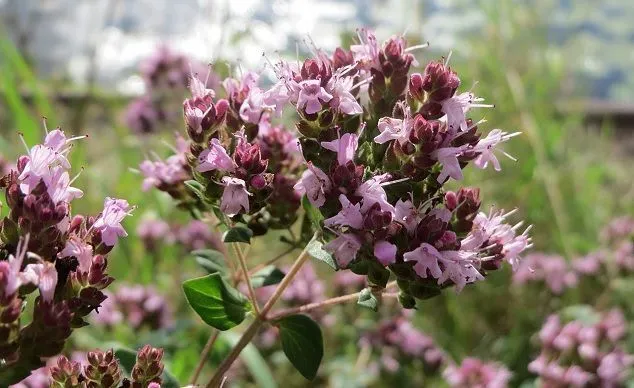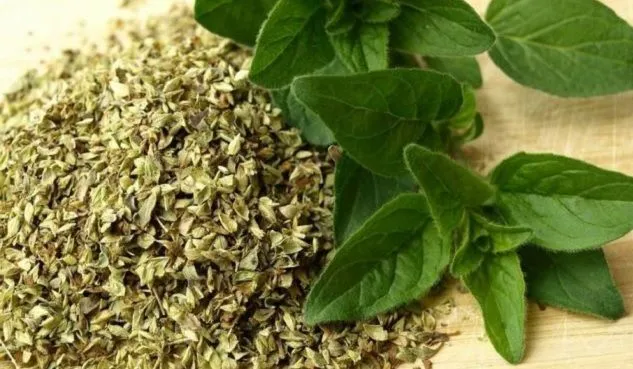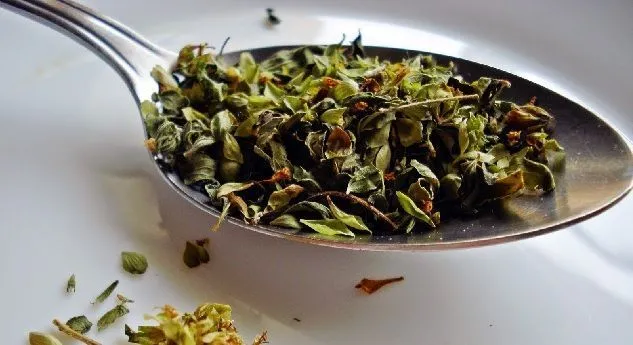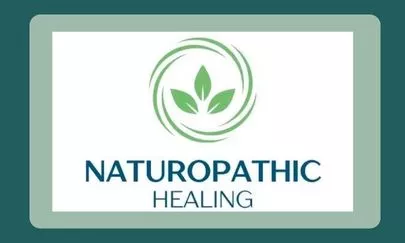We all know well the use of oregano as an aromatic to flavor all kinds of dishes. Italian cuisine would not be the same without the use of plants such as basil and oregano (especially in pizzas and pastas).
However, although we take it frequently, there are other alternatives to its consumption, such as oregano infusion, which has all the benefit of this concentrated seasoning, and that we can enjoy before and after meals.
On the internet we can find a large number of infusions that have oregano among the main ingredients, along with other plants to give it a better flavor and make the most of its full potential.
Table of Contents
The oregano plant

Its scientific name is Origanum vulgare although it is known throughout the world as oregano. It is a family condiment Lamiaceae that has conquered the entire planet for its special aroma and intensity, capable of improving already bland dishes and giving added value to the local gastronomy.
It is cultivated in all areas of the Mediterranean, using the bracts of the inflorescences as a condiment.
As a curiosity, tell you that this plant, in addition to dry consumption or by infusion of oregano, it was also traditional thatumase in cigarettes.
It is considered as a nootropic, which means that it acts as a stimulant to improve memory and the cognitive system. Therefore, it is considered a healthy neuronal activator, for those times where we lose a little north, in times of examinations or overexertion, and we need food supplements.
Hippocrates, in ancient times, already consumed the infusion of oregano as antiseptic against parasites. Remember that at that time, the storage conditions of food were very small, and digestive problems were the order of the day.
In general, among the compounds that we can find in oregano, those that have a great antimicrobial and antioxidant potential stand out. This is provided by flavonoids and monoterpenoid essential oils. For example, resutin or carvacrol, among others.
Thymol, also found in this plant but more important in thyme, we already know its beneficial effects.
Not all of the mountain is oregano…
Do you know the origin of this expression?
Oregano is so endorsed and recognized for its medicinal and aromatic properties, that it has given rise to this famous phrase. Not all the mountain is oregano refers to the fact that nothing is easy or given to us. In life we can find difficult things that require sacrifice and work.
Not everything is oregano, not everything is easy, good and simple.
Properties and benefits of oregano infusion
Nutritional composition of oregano
Whether through the infusion of oregano, consumed fresh, powdered (capsules) or spicy, the composition of this plant in terms of mineral richness, vitamins and fiber content is very heterogeneous, so it reports great benefits as a complement to our diet.
Nutritional composition (100 grams)
| Composition | Quantity | % recommended daily |
|---|---|---|
| Calories | 310 kcal | 16,0% |
| Proteins | 11 g | 22% |
| Fibre | 42.9 g | 142,8% |
| Carbohydrates | 21.6 g | 7,0% |
| Fats | 10.3 g | 19,2% |
| Potassium | 1670 mg | 83,5% |
| Phosphorus | 200 mg | 28,8% |
| Calcium | 1575 mg | 131,2% |
| Sodium | 15 mg | 0,9% |
| Iron | 45 mg | 550% |
| Vitamin A | 0.69 mg | 76,6% |
| Vitamin B1 | 0.34 mg | 28,2% |
| Vitamin B2 | 0.32 mg | 24,4% |
| Vitamin B3 | 6.2 mg | 38,8% |
| Vitamin C | 50 mg | 55,5% |
Among the elements of the table to be highlighted, it is necessary to mention the high content in fibre, potassium, calcium and iron.
Chemical composition of oregano
We have a great cataloggo of compounds and active ingredients that we can take in our infusion of oregano. Many of them have action against fungi and great antioxidant potential.
- Limonene
- B-caryophyllene
- R-cymenus
- Canfor
- Linalol
- Resutin
- A-pinene
- Carvacrol
- Thymol
Potential Benefits of Oregano
In internal use, that is, by means of the oregano infusion or the fresh consumption or powder of the plant highlight:
- Digestive
- Carminative
- Expectorant
- Antiinflammatory
- Antiseptic
- Emmenagogue
- Antioxidant
On the other hand, oregano also has benefits when applied topically. Een external use we have the following benefits:
- Analgesic
- Vulnerary
- Antiinflammatory
- Disinfectant
What is oregano for?

From among the digestive benefits, especially it is effective when we have intestinal spasms, heavy digestions and liver diseases.
The infusion of oregano after meals, and combining it with other medicinal herbs to improve its flavor, favors the elimination of intestinal gas.
Your action expectorant allows you to reduce symptoms of congestion from colds or colds and more serious symptoms such as flu or bronchitis.
His antioxidant action reduces the free radicals of certain elements, so it is being studied in an important way to reduce the progression of certain types of cancer. Therefore, it can be combined with other infusions, such as black tea, also rich in antioxidants.
The reducing effect of pure oregano extract to reduce bad cholesterol and triglycerides is being studied, along with other herbs.
His emmenagogue effect relieves against the pain caused by menstruation.
There is a lot of research carried out, so far, in animals, where a positive effect on glucose control has been seen in diabetic people.
In addition, the habitual consumption of oregano infusion favors the circulatory system, closely related to its possible ability to lower cholesterol and improve blood flow.
When we use it externally, either by oregano infusion or by alcohol or oregano oil, we will have the following benefits.
Healing, analgesic, anti-inflammatory and disinfectant effect, thanks to compounds such as carvacrol or thymol, which have bactericidal and fungicidal action.
Against muscle or joint pain, massage with oregano alcohol or oregano oil is favorable, rubbing the affected part well until the absorption of the active ingredients occurs.
Recipe to reduce gas with infusion of oregano and lemongrass
- 1/2 tablespoon lemongrass
- 1/2 tablespoon oregano
- 1 cup of water.
Infusion with these ingredients, bringing to a boil and letting stand for 10 minutes. Take after heavy or greasy meals.
Gargling with oregano infusion favors the reduction of inflammations and pain caused by angina or tonsillitis.
In addition, the oregano oil it can be taken advantage of for the following problems and ailments:
- Relief of Bites of mosquito, wasps or bees.
- Reduce the condition of dermatitis, eczema and psoriasis.
- Improve circulation (cellulite, varicose veins, etc.)
- Reduce arthritis pains, ankle sprains, contractures, etc.
Rich in antioxidants
In the essential oil of oregano there are different antioxidants that fight free radicals with oxidative potential at the cellular level.
Its effectiveness is due to the polar non-nutritive compounds, where in various scientific studies it has shown potential against the mutagenicity of Trp-P-2, a carcinogen present in some processed foods.
Activity against bacteria
Many medicinal plants, such as oregano, thyme or romeRo have active ingredients that act against bacteria and fungi.
In several scientific studies conducted in the laboratory, oregano extract has been shown to reduce the activity of Escherichia coli and Pseudomonas aeruginosa, species of bacteria that cause various infections.
How to prepare oregano infusion

To prepare the infusion of oregano, it is only necessary:
- bring water to a boil, bringing it to a boil.
- Stop the heat and add 3 to 4 tablespoons of oregano per liter of water
- Remove from heat, letting cool for a few minutes.
You can use fresh oregano, although the dry one, having more phenols and essential oils, will have a more intense flavor. For each cup of water, add one teaspoon of dried oregano or three teaspoons of fresh leaves.
And oregano oil in capsules is also available:
Contraindications
In general, the consumption of concentrated oregano in pregnant people is not recommended, as they may be at risk of miscarriage from some flavonoids presents.
Some compounds in oregano can reduce iron absorption, causing long-term anemias. This negative effect also happens in other types of infusions, such as white tea.
In normal doses (such as those used in usual gastronomy) it is not harmful to health.
